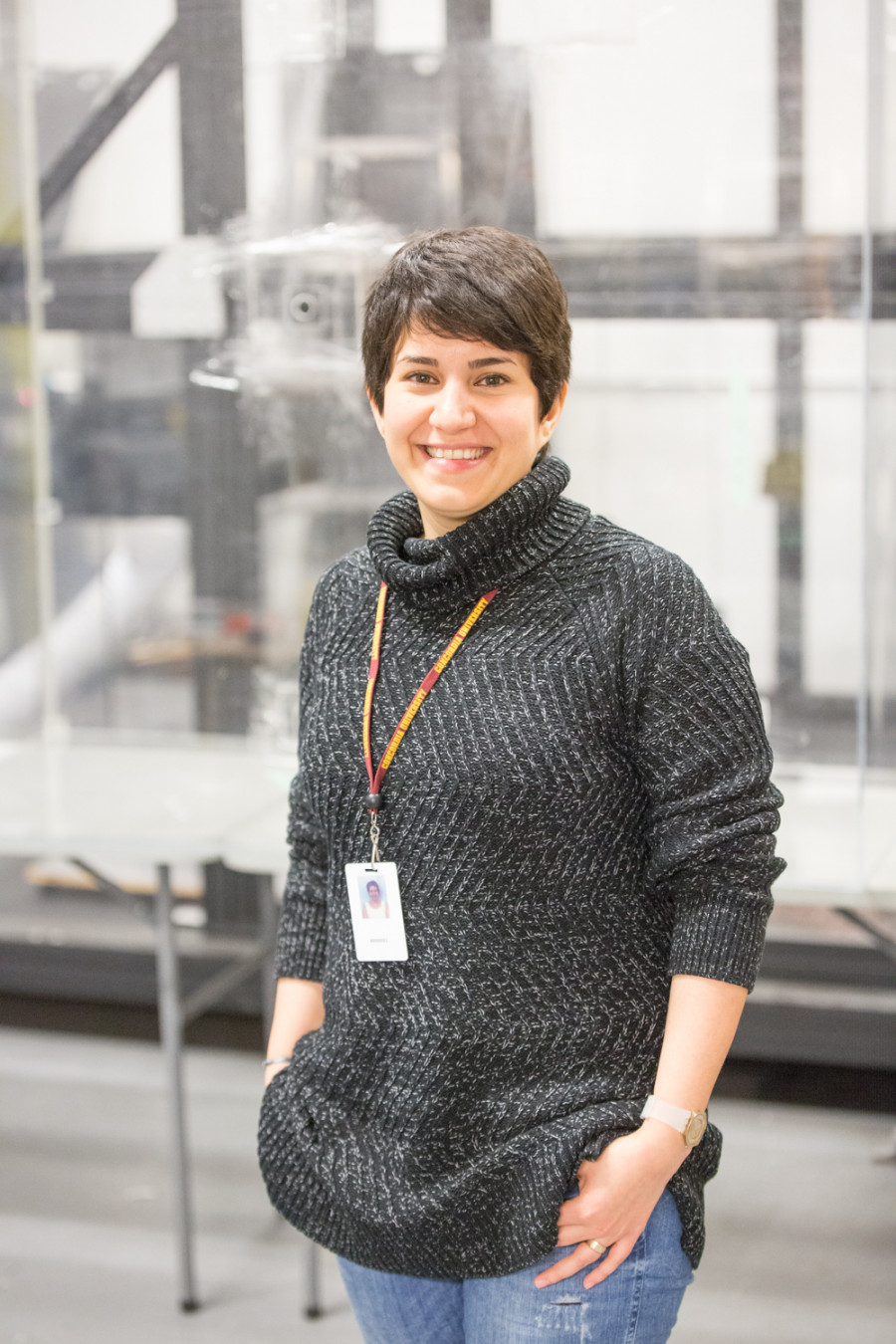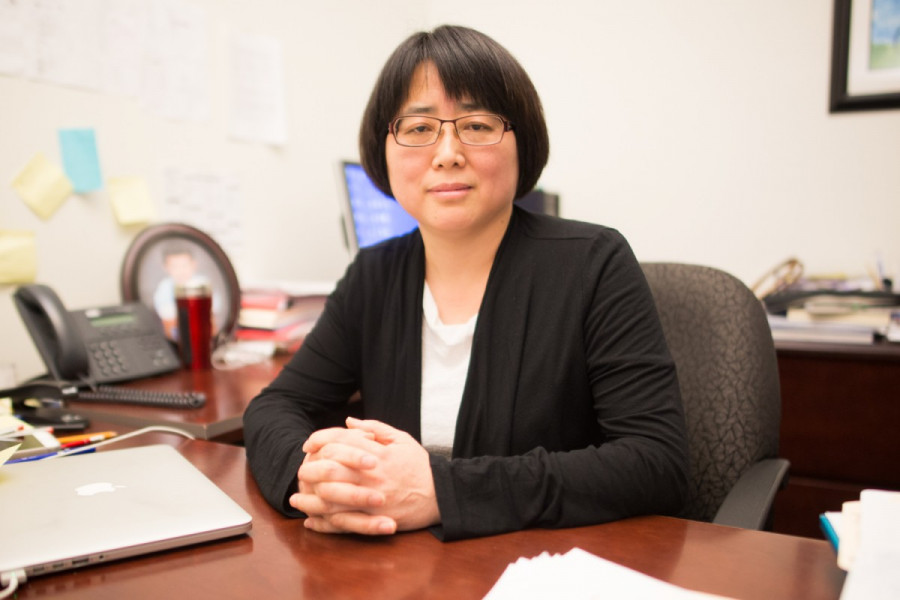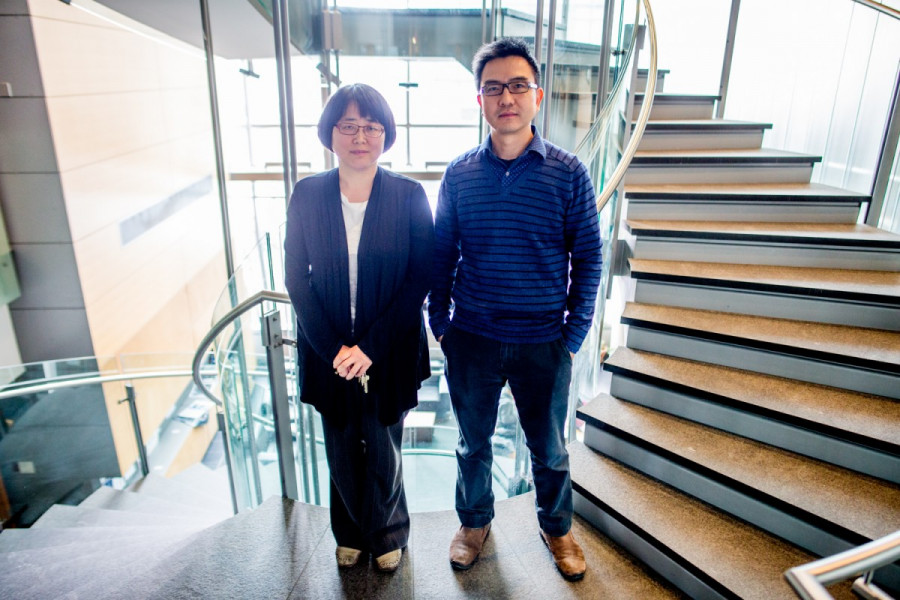Concordia Receives $1.2 Million in Funding to Research Sustainable Energy
Test Facility to be Built on Loyola Campus in 2019
A multidisciplinary team of researchers at Concordia received $1.2 million in funding from the Canada Foundation for Innovation to design a net-zero energy research facility on the Loyola campus, which could be the first test facility of its kind in North America.
The facility is slated to be built by summer 2019. Currently, it is planned to receive electricity from solar panels, hydrogen fuel cells, and potentially a wind turbine—if it can gain exception from the Côte-des-Neiges–Notre-Dame-de-Grâce borough bylaws.
An employee at the borough office, who did not provide their name, explained that while there are no bylaws specifically addressing wind turbines, it would have to be located in a backyard or otherwise not be visible to neighbours. Otherwise, it would require a public consultation before being approved.
The two-storey building will be made of a prefabricated steel structure that can be adapted with any type of siding or roofing material, and will contain up to seven adaptable test cells at any given time, said Hua Ge, a Concordia graduate turned professor of civil, building, and environmental engineering.
Ge said due to limitations in many university laboratories, much of the research currently is geared towards either computational models, or testing structures under specific test conditions. What sets this facility apart will be the team’s ability to efficiently gather real-world data.
“I think what made this project successful is that it’s really innovative in the sense that a lot of the technology already exists, but what is lacking is the integration and optimization. You put them together and see what is the end result of the system,” Ge explained.

The facility, meant to replace the 13-year-old award-winning Solar Decathlon building, located beside the Hingston Hall Residence, will measure not only the energy output from the renewable sources used to power it, but also efficiency, and indoor comfort.
The building will also help researchers understand the needs of home occupants in arctic regions, with airflow and energy testing slated to be conducted using this facility over the following couple years.
Concordia Master’s student Firouzeh Souri said it’s not possible to be an expert in all of the fields that contribute to the livability of a building, and learning about the different fields of research that have to come together has been an instrumental experience for her.
“It is not just a matter of energy efficiency, it is also a matter of the occupants, the safety issues, the environmental issues, the comfort level of the occupants, and everything,” she said. “As a student it is not possible to be an expert in all different fields, but it is at least good to know what fields are contributed to having a really good and intelligent, and high-energy performance building.”
Souri noted that the facility will also be a major benefit to future students who are able to use it for their research projects, not only for the potential data it can produce, but also for the interdisciplinary approach.
“I think each student that will have this opportunity to work on this specific building are really really lucky, because even if they stay in the economic field, or go to industry, they’ll have a really good experiment with the high-energy performance building. How it works, how it should be detailed, what other aspects should be seen in a building to make its energy performance optimized and also intelligent,” she explained.
Leon Wang, an associate professor in the building, civil, and environmental engineering department said the building’s design will not have an expiry date on the campus because of its ability to adapt to future technologies and building materials.
For the team, the funding for this project has been a source of encouragement for their work at the university, and shows the team has a chance to make some major changes to the building code to reduce greenhouse gas emissions and adapt for climate change.
“It’s encouraging us to work harder for the bigger picture of the research here. When we got the funding, we really felt so excited, and that means there’s acknowledgement for our work, and it encourages us to move even further down the road,” Wang said.




_600_375_90_s_c1.jpg)
1_600_375_90_s_c1.jpg)

_600_375_90_s_c1.jpg)